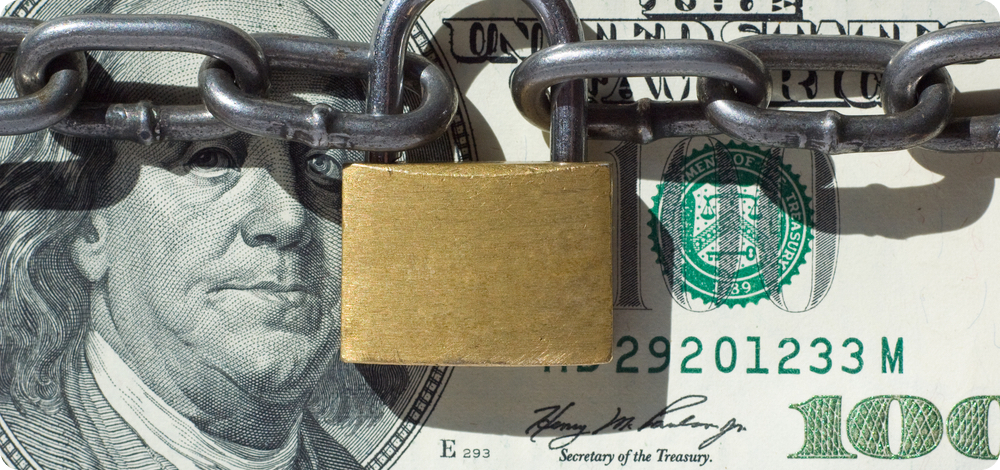The recent failures of Silicon Valley Bank (SVB) and Signature Bank have left many EB-5 investors concerned about the safety of their funds. Signature was the largest EB-5 escrow agent, and the Federal Deposit Insurance Corporation (FDIC) insurance limit of only $250,000 leaves most of an $800,000 EB-5 investment uninsured.
The Signature collapse is considered one of the three largest banking failures in U.S. history and resulted in panicked customers withdrawing more than $10 billion of deposits out of Signature, resulting in regulators shutting down the institution.
The FDIC has taken control of both banks and the federal government, in order to avoid systemic risk, has protected all deposits at the two banks, including those over the FDIC’s insured $250,000 limit.
Since then, many other banks have tried to instill public confidence by declaring that their percentage of uninsured deposits is far lower, in the 35% to 40% range; the SVB and Signature percentages of uninsured deposits were both well over 90%.
2 solutions to increase EB-5 investor peace of mind
What can EB-5 investors do when deposit insurance leaves $550,000 of their investment unprotected?
An associate professor of business administration at Texas State University, William T. Chittenden, says investors have two potential solutions.
The first is to ensure that their EB-5 regional center uses a bank that is part of the IntraFi network, a privately held network comprising about one-third of all U.S. commercial banks. Being a part of IntraFi allows banks to distribute deposits through several other banks in the network ensuring that all deposits are fully insured, while still providing deposit access though a single account.
The second option is to use one of the four largest banks in the U.S. These bank have trillions in assets, which makes them in the government’s view too big to fail and thus ensures that they would be eligible for 100% deposit coverage by the government in order to avoid systemic risk.
The solution for Signature Bank
Flagstar Bank acquired $12.9 billion of Signature Bank’s loans and $38.4 billion in deposits. The deal with Flagstar Bank is expected to make Flagstar one of the biggest commercial banks in the U.S. A statement from Flagstar’s parent company, Bancorp, said the acquisition would result in “a fortress-like balance sheet,” and that Signature clients could expect “getting back to business as usual in short order.”
Congress ponders stricter banking regulations
Congress has begun hearings on the bank failures and is evaluating the role of federal regulators. The Federal Reserve’s top banking regulator, Michael Barr, calls the SVB’s failure a “textbook case of mismanagement,” and says the failure raises the question of what needs to be done by regulators to avoid failures in the future. Still, in spite of work needing to be done, Barr wants the public to feel confident in the safety of banks.
Both Republican and Democrat lawmakers want more accountability from banking agencies to avoid failures in the future. Barr is leading a review of how to improve regulatory structure.
Officials are also considering raising the $250,000 limit on insured deposits; such a move would require congressional action.
See the EB-5 Investors article “Banks face aftermath, as EB-5 investors look for options”



